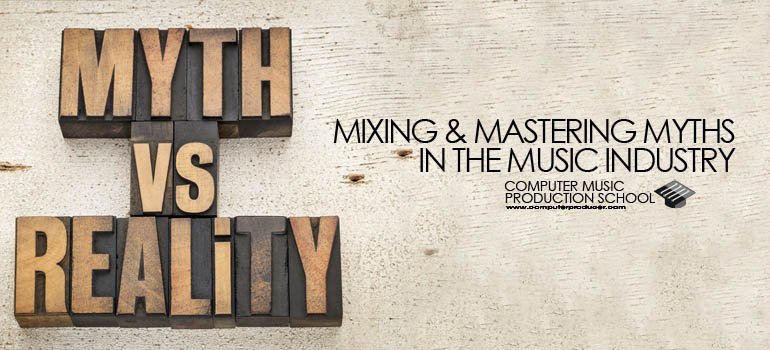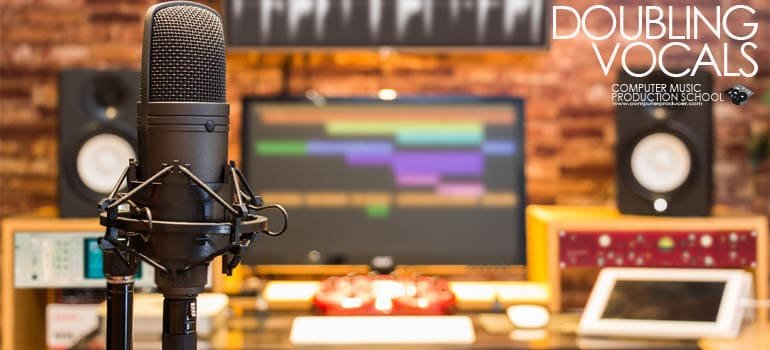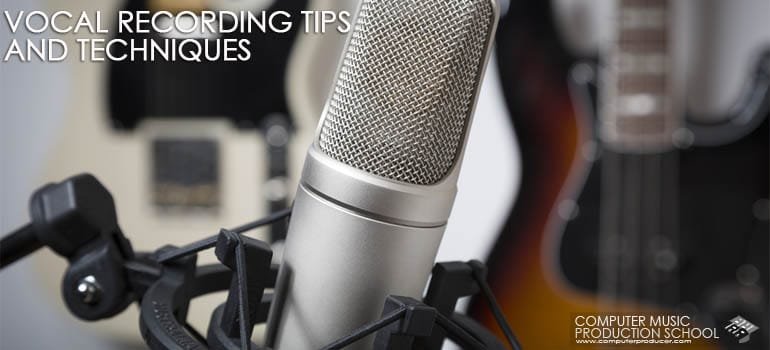Mixing and Mastering Myths are just a few of the mis-perceptions that plague the music industry. When this mis-information spreads like fire across music professionals and music hobbyists, there is a huge problem that results. Lack of creativity, inspiration and a misguided focus.
Mixing and Mastering cannot be done without music production…
If your music production and recording is poor, the mix and master is going to be poor…
So why are so many concerned about mixing and mastering?
Doesn’t it seem like the focus should be on music production?
My question is what’s more important: the equipment used on a project, to mix, and used to master or the end results?
Do you find yourself looking to others to fix the problem? Do you think that someone else has something your missing? Do you feel like if you had one more piece of equipment or learned one more thing you would be ready to really get serious and do something in the music business? If you say yes, to anyone of these you have been duped by the mis-information of the Mixing and Mastering Myth.
Mixing and mastering myths say “you don’t have the right audio mastering software, you don’t have the right mixing plugins, only professional results come from a mastering studio” and so on.
But today is different:
You have the tools to mix and master but may not realize it.
If you don’t have the tools, it’s as simple as they are inexpensive. However the investment isn’t the money it’s the time it takes to learn them and develop your ear training. I recommend locking the door in your studio, shutting the phones off and learn… You can have all the greatest gear but knowing how to use your equipment / tools during the music production process is the key to mixing and mastering.
Make sure first and foremost the song is different. It’s not saying the same thing that everyone else is talking about. Give the music ‘your’ touch that only you can give it. Start with great samples and great sounds. Get all instruments you choose in the proper frequency spectrum when making the track, adjust mix volume levels, use EQ settings to separate frequencies and use compression to make each individual sound come to life. The mix should sound industry standard, just quieter. That is the process of audio mixing before achieving a perfect master.
Afterwards, the mastering process is very simple. Using mastering tools such as multiband compression, eq, sonic maximization, limiting and metering tools are just a few of the weapons of choice. Whether they are hardware or software does not matter nearly as much as your ear training.
Last and most important is your ears. Making sure you can hear all the subtleties of each tool, volume level, etc. The thing that’s cool is you already know where you’re trying to get to – that is what you hear on the radio, movies, etc. So the elements are there in the pot, it’s now up to you to stir them up correctly.
The final missing ingredient is you.
You have to show up, get in your studio and figure out the details it takes to get your music productions sounding like what you hear on the radio daily. There are no results if you dont’ put the time in. Stir the pot every moment you get, keep focused until you start seeing the results you’re after.
To stay successful at what you love you must keep doing what it took to get you there.
When you reach that stage, CELEBRATE!!! …Then get back to the grind cause the journey never ends. There are many victories won, battles fought and land you conquer in the world of the new music industry we are in..
Now the last point to address is the first thing you’re probably wondering… Why does every person I speak with and every book I read on mixing and mastering tell me NOT to do it myself?
I got a reply from someone about this article that I thought was great to reference this overly common response:
“I recently finished reading a book which contained extensive interviews with something like 25 of the industry’s leading mixing professionals. These are people that make a living my doing nothing but mixing. 6 figures a year Grammy award winning people… The list of artist they have mixed for was amazing… We are not just talking about old school analog guys either. Many of today’s leading mixers are mixing “in the box”. The average time they take to mix a song is between 8 and 16 hours. How can an amateur expect to get their results in less time with inferior equipment? None of the above mentioned mixers would even consider trying to master their own stuff.”
This is a great question. However, it only clarifies this article all the more. No one starts at this level – these professionals results started from previous successes and those previous results are what are keeping them in their current business success.. They are living their music dream.
It’s all about the results. Is your music on the level of what’s on the radio and does your music inspire everyone who listens to it?
It’s funny because for over 13 years I have read and studied all the same greats, read the same articles about not mixing and mastering your own stuff. I have read over 50-60 books on the subject… I have also engineered, mixed and mastered for over 8-9 years now and NOT worked a day job in over 6-7 years… It has taken me personally over 13 years to develop this course. I have personally done in studio/classroom style education too.
With all of this experience, I am telling you they are wrong. We have many students who will tell you the same thing.
The industry is not the same industry that those books are referencing. As a matter of fact, the majority of educational institutions today are still teaching as if the major label music industry is still profitable and studios are still in business.
These ‘industry producers’ didn’t start out recording and doing music the way they are doing it now and they definitely didn’t start with the money they were making either.
These are exactly the myths I’m talking about. EVERYONE and their mother is doing music today. I speak with 13 year olds to 30 year olds to people in their 50s on a daily basis wanting to do our course. At the end of the day the focus on these myths, the focus on gear and technical perfection are a waste of time.
I have seen so many people focus on this so much so and finally get to a perfected mix and master… but their music sucks! Getting creative, professional, radio ready results quickly and efficiently is only the beginning for anyone trying to make a career in the music industry. Anyone of those professionals will tell you the same. Success is not fame. Fame is a part of success. The definition of true success is doing what you love every moment of the day. That is where your music career must begin otherwise the path to fame will never come upon you.
I have seen so many student’s lives change from moving past these myths.
It’s these myths and SO many others are what keep many people from moving forward in their dreams…
Tutorial: Mixing and Mastering Myths in the Music Industry
1) Finalize your studio with equipment you can afford. There are some things you can skimp on and other things you cannot. Do not overextend what you purchase because ‘everyone is using it’ or ‘this guy’ who has great credentials told me to…. They are not paying for it – you are… especially if down the road you realize its the wrong equipment..
2) Learn and Grow, Period. You cannot learn by listening to others. Its important to take action while you study and learn from others. This gives the experience and ear training required for you to mix and master.
3) Stay Content with what you have and do the best with what you have. If you stay focused and don’t quit, you’ll see results. You’ll acquire new equipment, you’re ears with mature and you’ll get the results you’re after. The only way you can fail is if you give up…
Don’t let others determine your success.




